BIAZA and Nature's SAFE join forces to fight extinction
how to help
For many species, it’s now or never.
Donate Nowor why not Fundraise For Us?
Wednesday, November 27th 2024 marked a groundbreaking moment for coral conservation. For the first time ever in Europe, coral eggs were successfully fertilised using frozen and thawed coral sperm. This advancement was the result of a direct partnership between the Horniman Museum and Gardens and the wildlife biobanking charity Nature’s SAFE, highlighting the potential of cryopreservation to enhance coral conservation efforts in the face of climate change.
The Horniman Museum and Gardens is home to some of the world’s rarest coral species. Dr Jamie Craggs, Principal Aquarium Curator and Living Collections Manager at the Horniman, has spent the past 12 years conducting world-class scientific research to help save endangered corals.
In the ocean, most corals spawn once a year over only a couple of nights, releasing eggs and sperm into the water in response to cues such as the lunar cycle and water temperature.
Dr Jamie Craggs, Principal Aquarium Curator and Living Collections Manager at the Horniman, says: “For over a decade we have been pioneering approaches to predictably spawn corals in our London facility, and sharing these techniques with the coral reef research community. Our planned reproductive events provide access to eggs and sperm which we use in experiments to better understand corals and how to protect them for future generations.”
This year, for the annual spawning event, Dr Craggs enlisted the biobanking expertise of Nature’s SAFE in an attempt to cryopreserve coral sperm and indefinitely preserve the genetic material of the corals in their care.
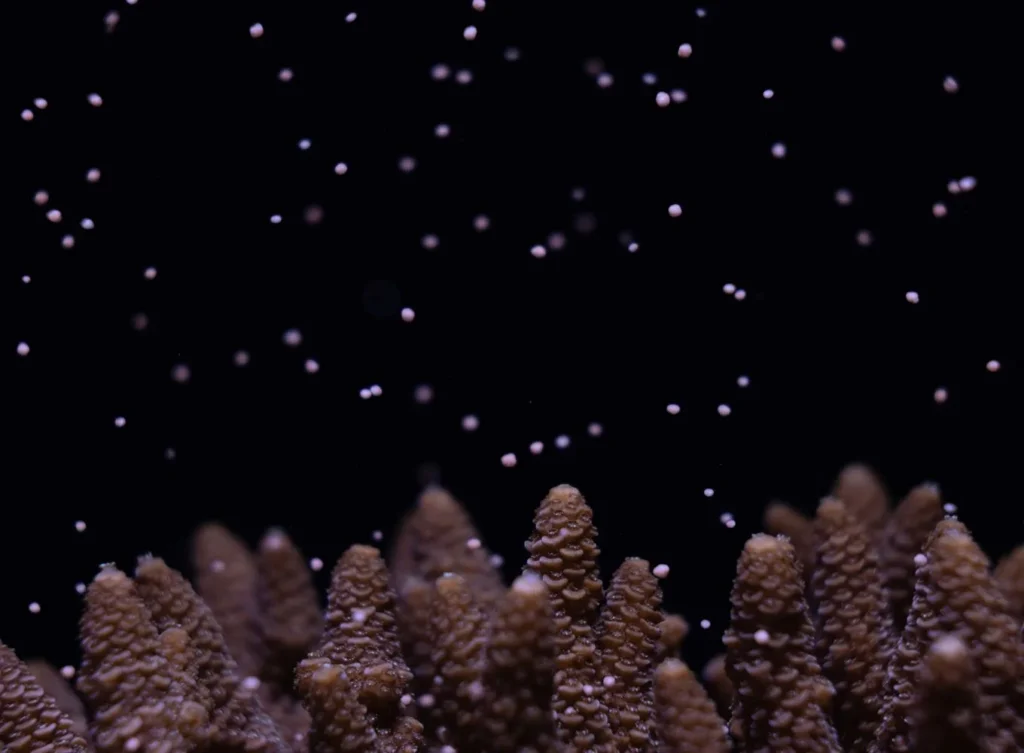
While the Horniman has previously demonstrated the ability to create new coral colonies by fertilising fresh coral eggs and sperm, using cryopreserved sperm allows for greater flexibility by enabling cross-fertilisation between corals that spawn on different days. Typically, coral sperm remains viable for only a few hours after spawning. If successful, this would allow eggs to be fertilised with sperm released days, or even years, prior.
Under the expert guidance of Tullis Matson and Debbie Rolmanis, the team successfully collected and cryopreserved sperm samples from two Australian coral species – Acropora millepora and Acropora kenti – using established protocols and tools by Dr. Mary Hagedorn, a Research Scientist at the Smithsonian Institution who pioneered this technique. The sperm collected was healthy and viable with excellent motility, a crucial element which can determine whether sperm will be able to successfully fertilise an egg. The samples were then carefully frozen, using a specialised cryoprotectant agent to keep the cells alive during freezing.
Tullis Matson, Founder and Chair of Nature’s SAFE, described the event: “To test that this process had been done successfully, we then defrosted a sperm sample which was frozen the previous day and mixed the solution with freshly collected eggs. Two hours later, the embryos began dividing, confirming that the eggs had been successfully fertilised. This is proof that our biobanking process really works!”
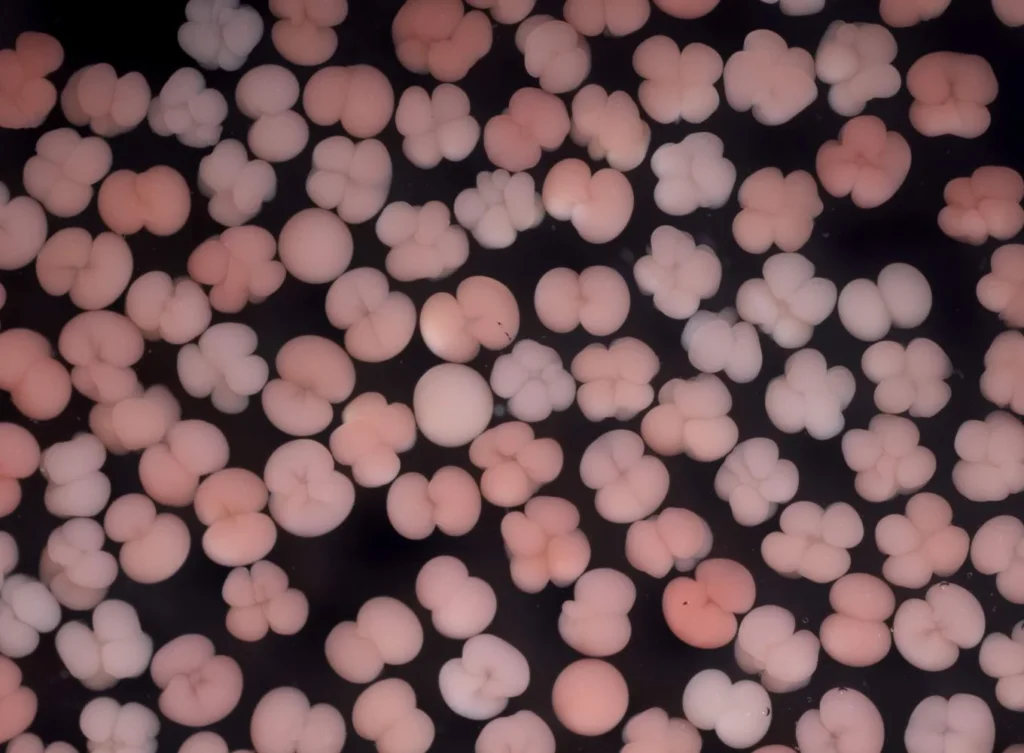
The juvenile corals propagated in November are now 2 months old and growing healthily. These will be kept at the Horniman Museum as part of their land-based corals collection and used for further conservation breeding.
This landmark achievement will be used directly to help conserve coral reefs, which have declined by over 50% worldwide since the 1950s. Dr Jamie Craggs says: “The development of this coral biobank is a significant step in our commitment to conserving coral reefs and builds on the coral spawning work we pioneered in 2012. Over the coming years, we aim to increase the species protected and trial novel preservation techniques to increase the effectiveness of the biobank.”
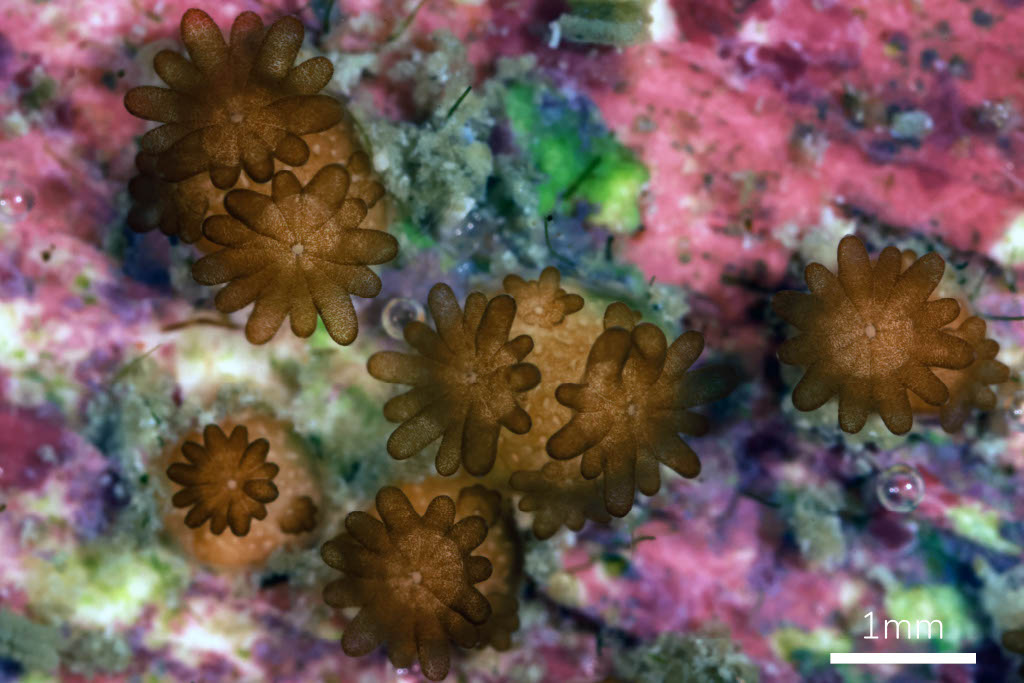
This milestone also coincides with the formation of the Cryo-CorALS group, a new UK network of organisations dedicated to advancing coral cryopreservation and biobanking, including experts from the Horniman Museum and Gardens, Nature’s SAFE and other leading conservation institutions.
To learn more about the wildlife biobank Nature’s SAFE, visit www.natures-safe.com
To read more about the Horniman’s innovative Project Coral research, visit: https://www.horniman.ac.uk/project/project-coral/
Don’t miss
BIAZA and Nature's SAFE join forces to fight extinction
As a growing charity, we are now looking to expand our scope beyond the UK by establishing global conservation hubs. Our vision is to work with local conservation services to preserve samples from native wildlife within their own country, enabling appropriate stewardship of these valuable resources.
Penh, a Cambodian binturong beloved by keepers and visitor alike, has sadly passed this week at Drusillas Zoo Park. But Penh’s legacy will live on - as his passing brings a new partnership between Nature’s SAFE and Drusillas Zoo Park. Through our new partnership, we were able to preserve Penh’s genetic material, ensuring that his unique genetic heritage can contribute to the survival of his species in the future.
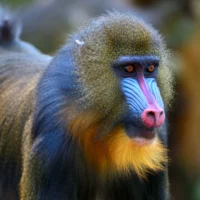
Mandrill
Total Population: Unknown
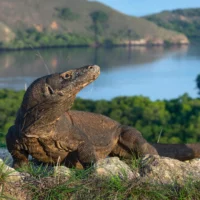
Komodo dragon
Total Population: Around 3,500 in the wild
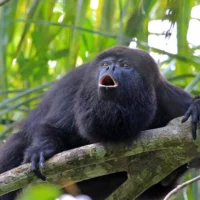
Black howler monkey
Total Population: Less than 5,000 in the wild
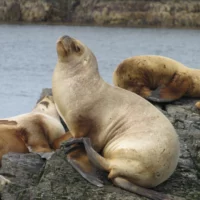
Patagonian Sea Lion
Total Population: 222,500 to 265,000 in the wild
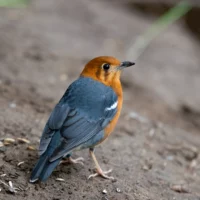
Orange-headed thrush
Total Population: Unknown

Capybara
Total Population: Unknown
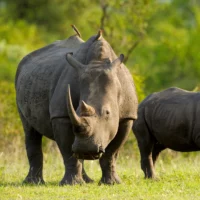
Southern white rhino
Total Population: Around 15,000 in the wild
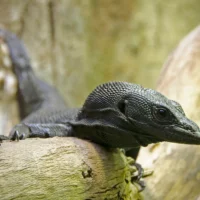
Black tree monitor
Total Population: Unknown
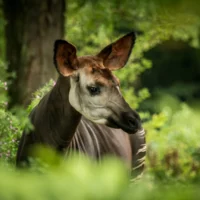
Okapi
Total Population: Less than 25,000 in the wild
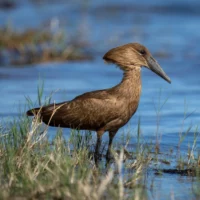
Hamerkop
Total Population: Unknown
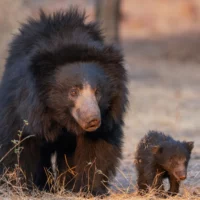
Sloth bear
Total Population: Less than 20,000 in the wild
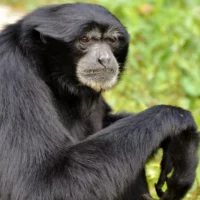
Siamang Gibbon
Total Population: Around 22,000 in the wild
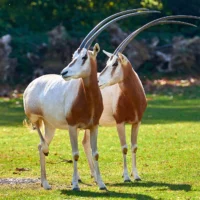
Scimitar-horned oryx
Total Population: Around 400 in the wild
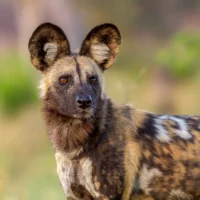
African wild dog
Total Population: Around 6,600 in the wild
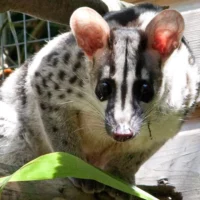
Owston’s palm civet
Total Population: Unknown
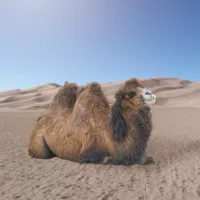
Bactrian camel
Total Population: Less than 1,000 in the wild
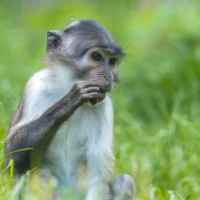
White naped mangabey
Total Population: Around 1,000 in the wild
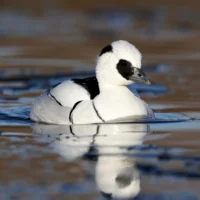
Smew
Total Population: Around 80,000 in the wild
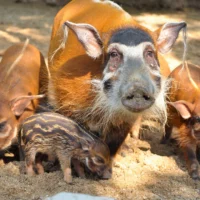
Red river hog
Total Population: Unknown
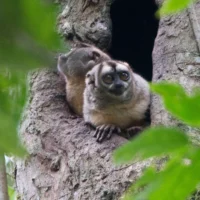
Spix’s night monkey
Total Population: Unknown
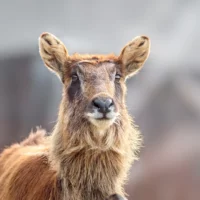
Nile Lechwe
Total Population: 30,000 - 40,000 in the wild